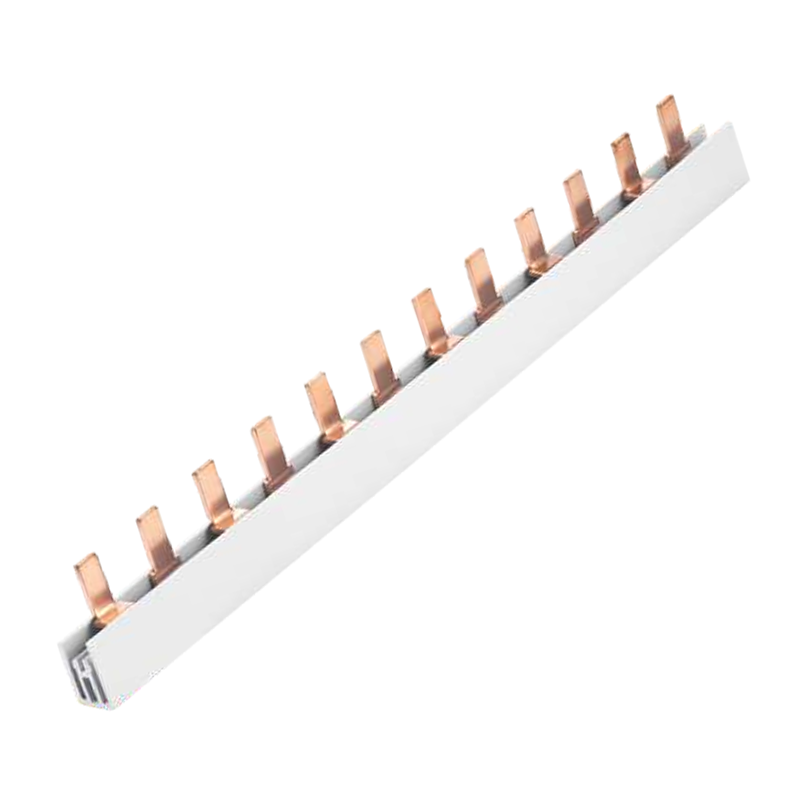Top 5 Reasons Why Busbars Are Better Than Cables in Power Distribution
Introduction
As electrical systems grow more complex and demand higher efficiency, the choice between busbars and traditional cables becomes more critical. While cables have been widely used for decades, busbars offer significant advantages in both performance and design. This article explores the top five reasons why busbars are increasingly the preferred choice in modern power distribution.
1. Space-Saving Design
One of the most noticeable advantages of busbars is their compact and organized layout. Unlike bulky cable arrangements that require more space for routing and separation, busbars can be installed in tighter enclosures, saving valuable panel or cabinet space. This is especially important in data centers, industrial control panels, and renewable energy systems where space optimization is critical.
2. Better Thermal Performance
Busbars dissipate heat more efficiently than cables due to their larger surface area and lower resistance. The result is reduced energy loss, less risk of overheating, and longer service life. Enhanced thermal performance also contributes to greater reliability under continuous load conditions, reducing maintenance needs.
3. Improved Electrical Efficiency
Busbars typically offer lower impedance compared to cables of similar current ratings. This results in lower voltage drops and reduced energy losses during transmission. In power-intensive systems, such as manufacturing lines or large electrical switchboards, even small efficiency gains translate to substantial cost savings over time.
4. Enhanced Safety and Reduced Fire Risk
Safety is a top priority in any electrical system. Busbars are less prone to insulation damage and short-circuits compared to cables, thanks to their rigid and enclosed construction. Additionally, because busbars generate less heat, the chances of fire due to insulation breakdown or cable overloading are significantly minimized.
5. Easier Installation and Maintenance
Busbars are easier and faster to install than traditional cable systems, especially in large-scale projects. They require fewer components, reduce wiring complexity, and simplify troubleshooting. Maintenance tasks are also quicker, as connections are clearly visible and accessible—ideal for facilities requiring high uptime.
Conclusion
While cables still have their place in many electrical installations, busbars present clear advantages in terms of space, efficiency, safety, and long-term performance. As more engineers and facility managers adopt smarter, cleaner, and more reliable power distribution systems, busbars will continue to gain traction across industries.
Considering upgrading your power system? Consult with professional busbar manufacturers or system integrators to ensure the best fit for your application.



